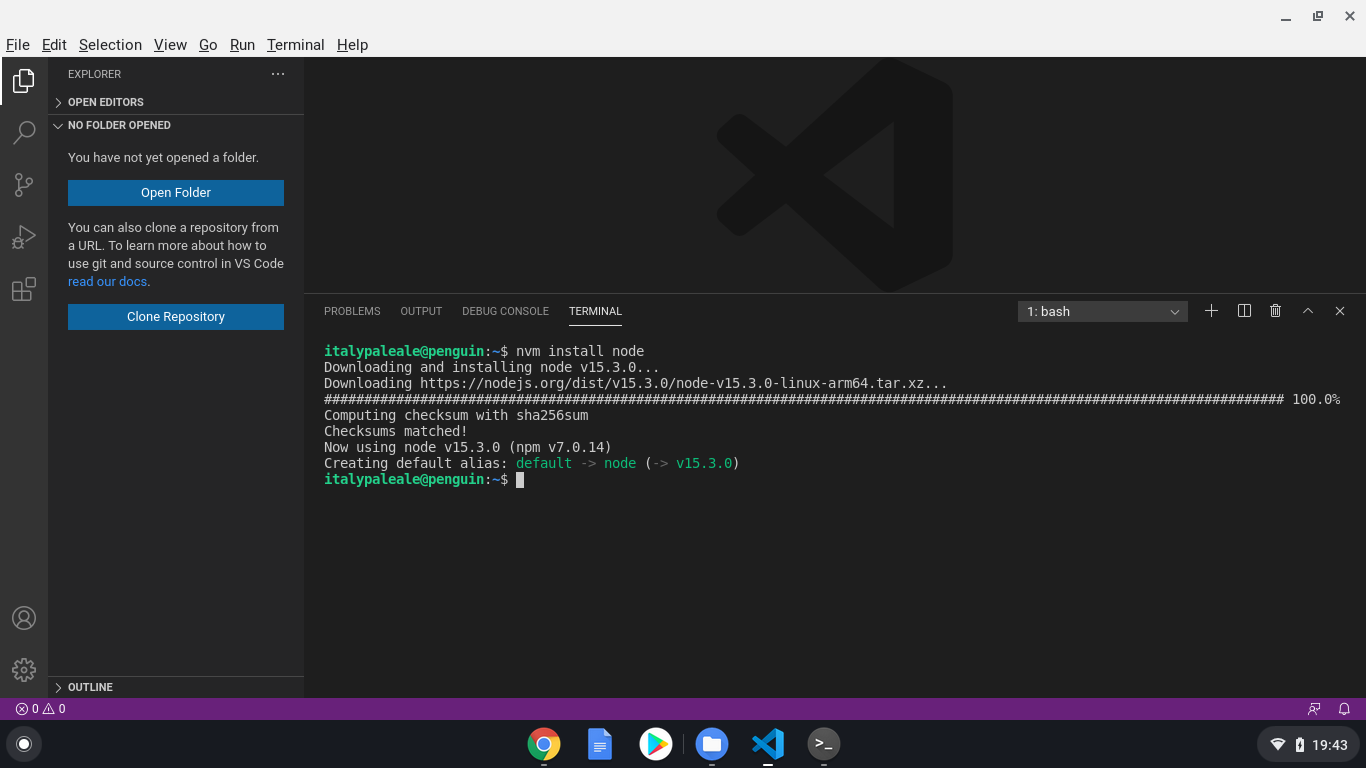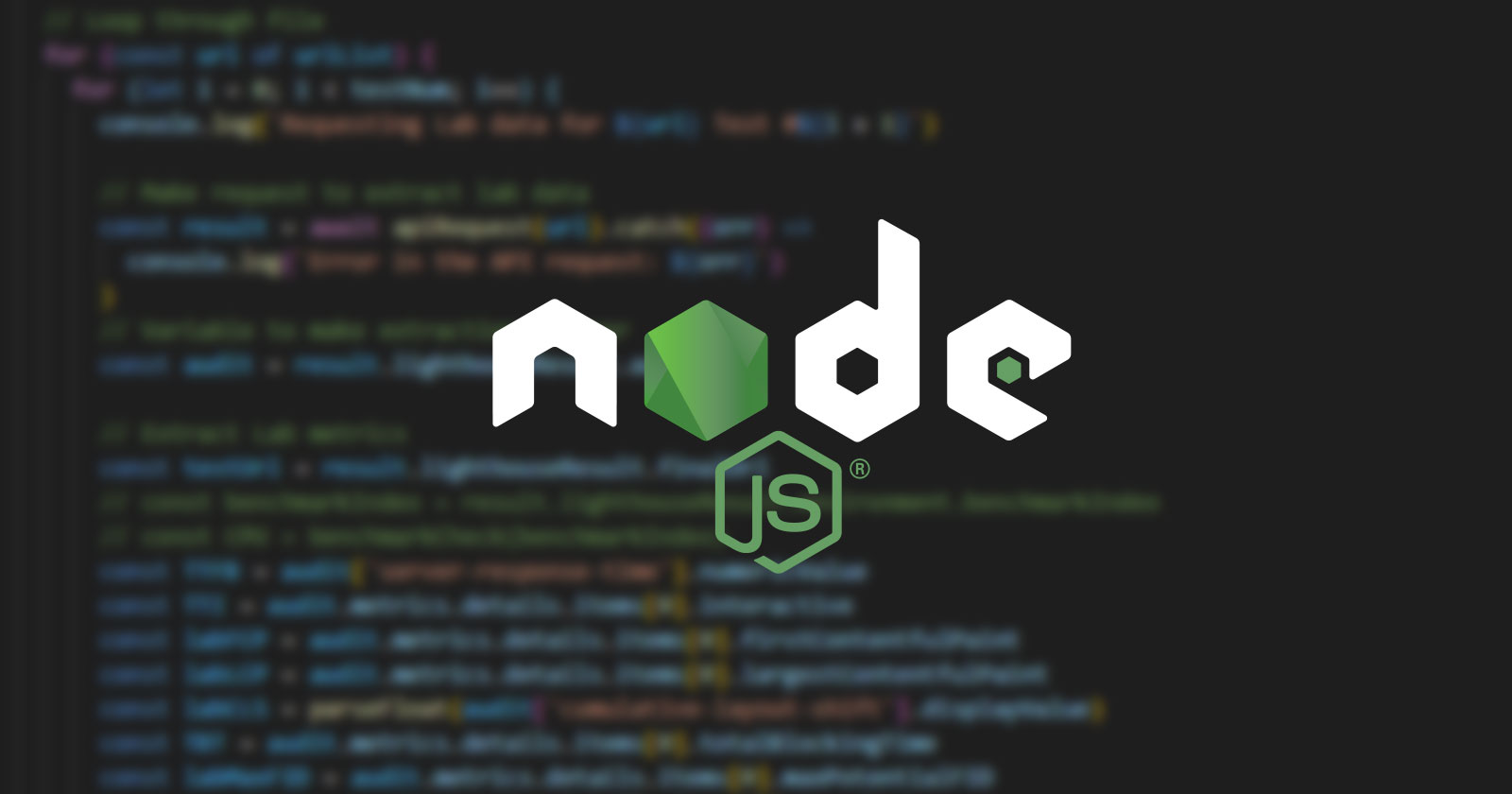

This might give you the follow results: heroku/brew/heroku-node ✔Īnd then install the desired version: brew install remember that you can install more than 1 node package at the same time, but you cannot have them available at the same time. We'll revisit NPM in another article since there's still quite a bit more to learn.These days if you want to install a different version of node you do it this way:įirst search for your desired package: brew search node In this section, you installed Node via Homebrew and became acquainted with NPM. "To uninstall Homebrew, run the uninstall script from the Homebrew/install repository." If you need to uninstall Homebrew, you can follow the instructions below. Take note that JavaScript is running with Node.js instead of in a browser. To run your example file, enter the following into Terminal on macOS: node example.js. To test this out, create a JavaScript file called example.js and add the code console.log('Hello'). You should now be able to execute the code in a JavaScript file using Node.js. You can uninstall Node (and npm) using Homebrew with the following. You can install Node.js from the developer website (via the installer) or by using Homebrew.Įxample output: v16.5.0 for Node and 7.19.1 for NPM NPM consists of a command line client that interacts with a remote registry."įor more info about using NPM, see the following: "NPM is included as a recommended feature in the Node.js installer. When you install Node.js, you also get NPM. "NPM (originally short for Node Package Manager) is a package manager for the JavaScript programming language maintained by npm, Inc."

The package manager makes it easier for programmers to publish and share source code of Node.js packages and is designed to simplify installation, updating, and uninstallation of packages." "In January 2010, a package manager was introduced for the Node.js environment called NPM. "Node.js lets developers use JavaScript to write command line tools and for server-side scripting-running scripts server-side to produce dynamic web page content before the page is sent to the user's web browser." Node lets you run JavaScript outside of a browser. Remove older versions of the installed formula: "Check your system for potential problems." "A formula is a package definition written in Ruby."įor example: "You have 1 outdated formula installed. "Locate a program file in the user's path." To install, visit the Homebrew site (below), then copy and paste the designated script into macOS Terminal.Ĭheck which version of Homebrew you have installed:

In a future tutorial, we'll use Homebrew to install MongoDB.

In this article, we'll use Homebrew to install Node. Previously, we installed VS Code, which is an integrated development environment.


 0 kommentar(er)
0 kommentar(er)
